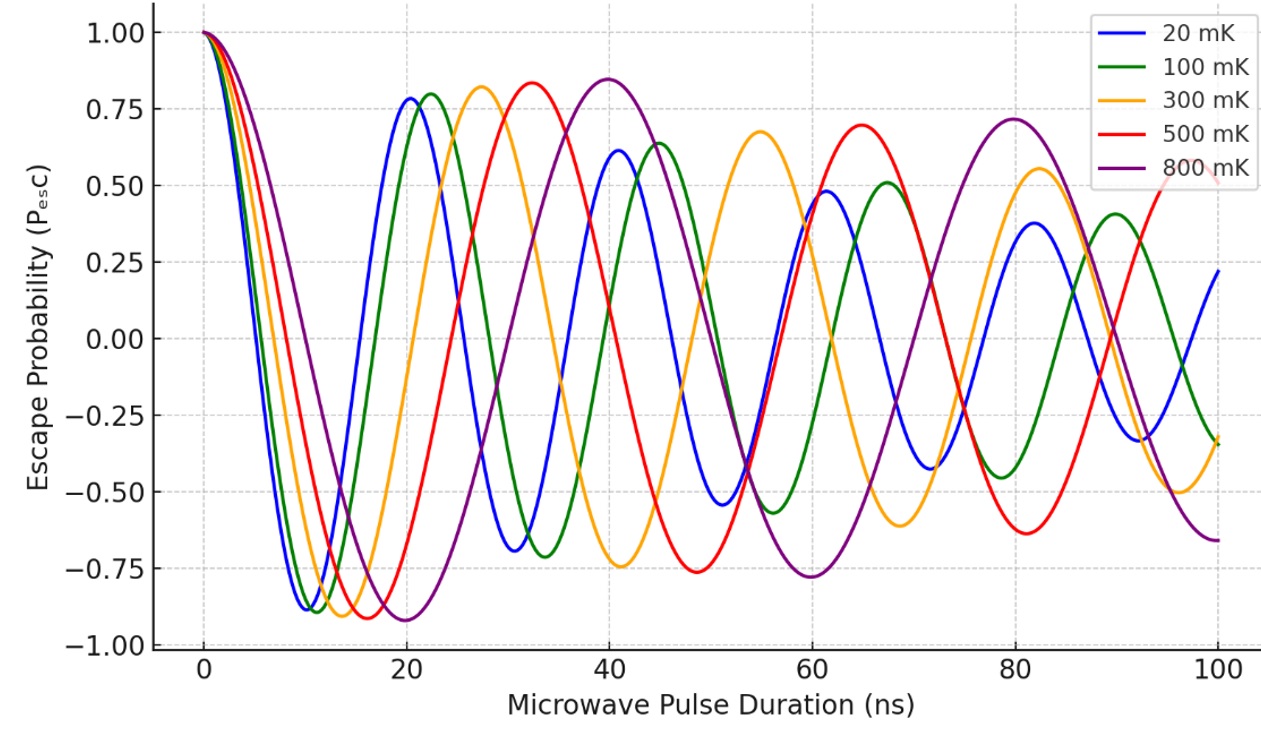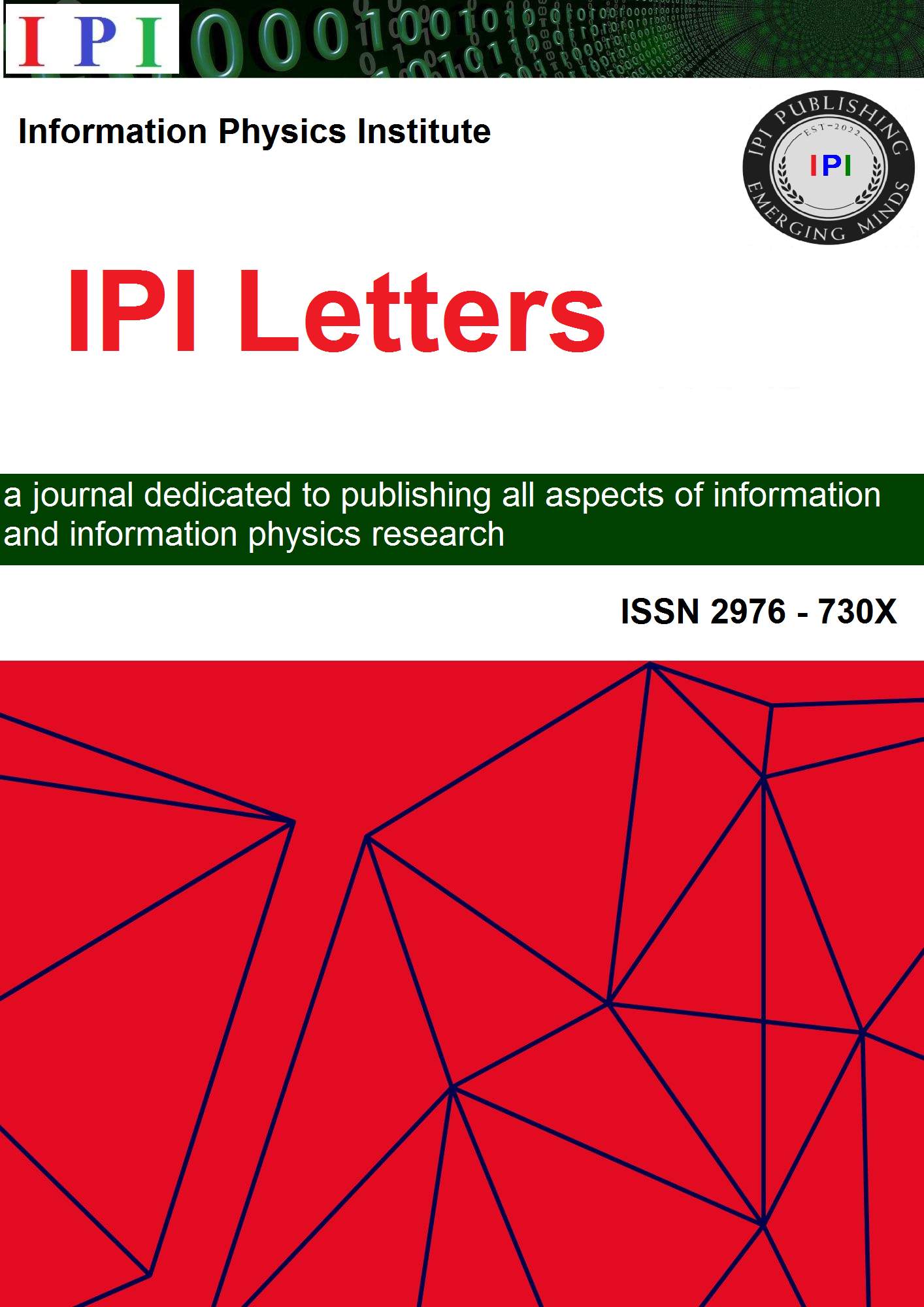Euler–Mascheroni Curvature and the Asymmetry of Information: A New Theoretical Model
DOI:
https://doi.org/10.59973/ipil.213Keywords:
Euler–Mascheroni constant, Viscous Time Theory, Informational coherence, Prime distribution asymmetry, Entropy curvature, Neurocoherence dynamicsAbstract
This paper proposes a novel integration of the Euler–Mascheroni constant γ into the Viscous Time Theory (VTT) as a foundational curvature operator of informational asymmetry. Rather than treating γ as a numerical residue of analytical number theory, we reinterpret it as an active generator of coherence misalignment and phase delay in informational systems. Within this framework, γ emerges from the persistent divergence between discrete and continuous informational structures and can be modeled as a tensorial residue operator with wide-reaching implications. We introduce formal derivations for the Mascheroni Dissipation Function, Prime Coherence Gap, Zeta Phase Delay, and the Gamma Curvature Tensor. These constructs allow us to trace γ-driven informational curvature across domains such as prime number dynamics, astrophysical rotational asymmetries, and neurocoherent systems. Each operator is dimensionally justified and inserted into a general informational field ρe(x, t), whose local misalignment from a coherence attractor defines the degree of entropy introduced into the system. We expand the manuscript with formal definitions, derivation pathways, and metrics for experimental validation. Proposed implementations include EEG-based detection of hemispheric coherence asymmetries, cryogenic oscillator phase disruptions, and cosmological vector field analysis. This approach transforms γ from a passive artifact to a predictive core of informational dynamics.
References
Euler, L. (1748). Introductio in analysin infinitorum, Vol. 1. Lausanne: Marc-Michel Bousquet. pp. 1–320.
Mascheroni, L. (1790). Adnotationes ad calculum integralem Euleri. Milan: Typographia Societatis Palatinae. pp. 1–140.
Apostol, T. M. (1976). Introduction to Analytic Number Theory. Springer-Verlag. Chapter 3, pp. 59–74. DOI: https://doi.org/10.1007/978-1-4757-5579-4_5
Bianchetti, R. (2025). The Viscous Time Theory: Applications VTT and VTT Foundation. Zenodo.
https://doi.org/10.5281/zenodo.14687924.
Shamir, L., et al. (2021). Asymmetry in Galaxy Spin Directions in Different Sky Regions. Astrophysical Journal, 922, 224.
https://doi.org/10.3847/1538-4357/ac1f02
Varela, F., Lachaux, J.-P., Rodriguez, E., & Martinerie, J. (2001). The brainweb: Phase synchronization and large-scale integration. Nature Reviews Neuroscience, 2(4), 229–239. https://doi.org/10.1038/35067550. DOI: https://doi.org/10.1038/35067550
Bianchetti, R. (2025). VTT–PRIMEFIELD: Informational Unification of Prime Number Distribution via Viscous Time Theory. Zenodo. https://doi.org/10.5281/zenodo.15778237

Downloads
Published
How to Cite
Issue
Section
License
Copyright (c) 2025 Raoul Bianchetti

This work is licensed under a Creative Commons Attribution 4.0 International License.














